
Fax: (860) 430-9693
Glastonbury, CT 06033
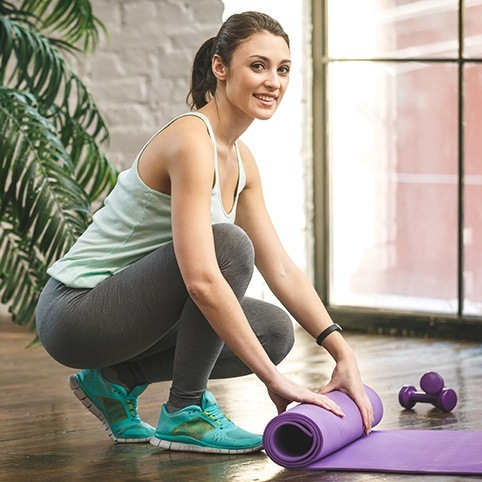
The Q-Angle of the knee is a measurement of the angle between the quadriceps muscles and the patellar tendon. It provides information about the alignment of the knee. A misaligned knee can easily experience excess wear and tear over time, leading to the development of osteoarthritis among other painful conditions. With this information, we can catch many problems early, allowing us to help a patient with simple treatments to prevent them from developing pain and inflammation. On this page, the Q-Angle of the knee is explainded for Glasontbury, CT patients of Valley Sports Physicians & Orthopedic Medicine.
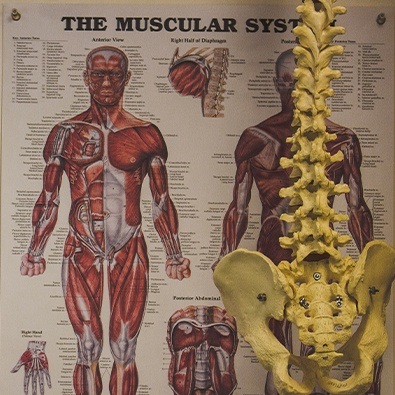
Normal for men is 14 degrees and for women is 17 degrees. Women usually have a higher Q angle due to their naturally wider pelvis. If measured laying down the angle will be 1-3 degrees lower. A high Q angle often results in maltracking of the patella within the trochlear groove of the femur, resulting in Patellofemoral Pain Syndrome and/or Chondromalacia Patellae.
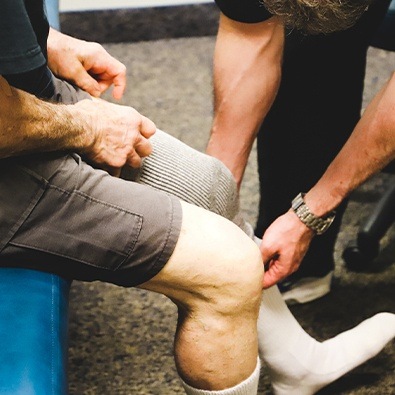
A more fundamental question is, What contributes to the Q-Angle? For starters, men and women have different Q-Angles just because of the nature of the different anatomy. Women tend to have a wider pelvis than men, resulting in a greater Q-Angle. Since this is a fixed anatomic difference, this cannot be changed. But there ARE some factors contributing to the Q-Angle that CAN be modified.
Perhaps the most obvious--and easiest to address--is flat feet. A collapsed or flat arch allows the knee to rotate inward (more "knock-kneed"), thereby increasing the Q-Angle. A well-designed arch support or orthotic can go a long way towards correcting this. (Note: the vast majority of people do not need to spend an outrageous amount of money that most practices charge for custom orthotics. A simple off-the-shelf arch support works fine for most people.)
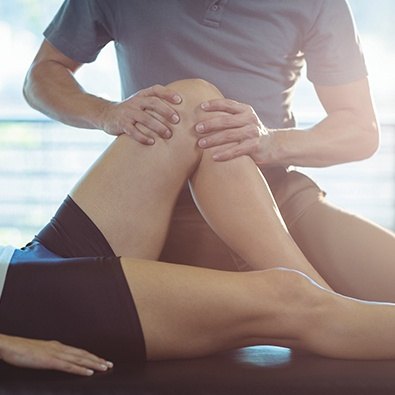
Another possible contributing factor to an increased Q-Angle is weak muscles. But take note here: Most physical therapists and physicians implicate the inner muscle of the quadriceps, the ?vastus medialis oblique, or VMO, as a cause of an increased Q-Angle. But it is NOT! The VMO is a static stabilizer of the knee and patella, not a dynamic stabilizer. This means that it acts as a tether to keep the kneecap from sliding outward. But strengthening the VMO has been shown in studies to have NO EFFECT on reducing the Q-Angle or reducing patella maltracking!
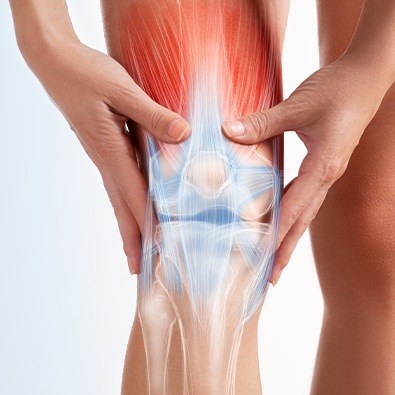
The muscle that is really at the heart of the problem most often is the gluteus medius. The gluteus medius has 2 functions. When the foot is not touching the ground the glute med rotates the hip outward. But when the foot is on the ground the glute med prevents the inward rotation of the knee! Oftentimes people with an increased Q-Angle or chondromalacia/Patellofemoral Syndrome have dysfunction of the gluteus medius, and this allows the knee to rotate inward, causing the patella to track laterally.